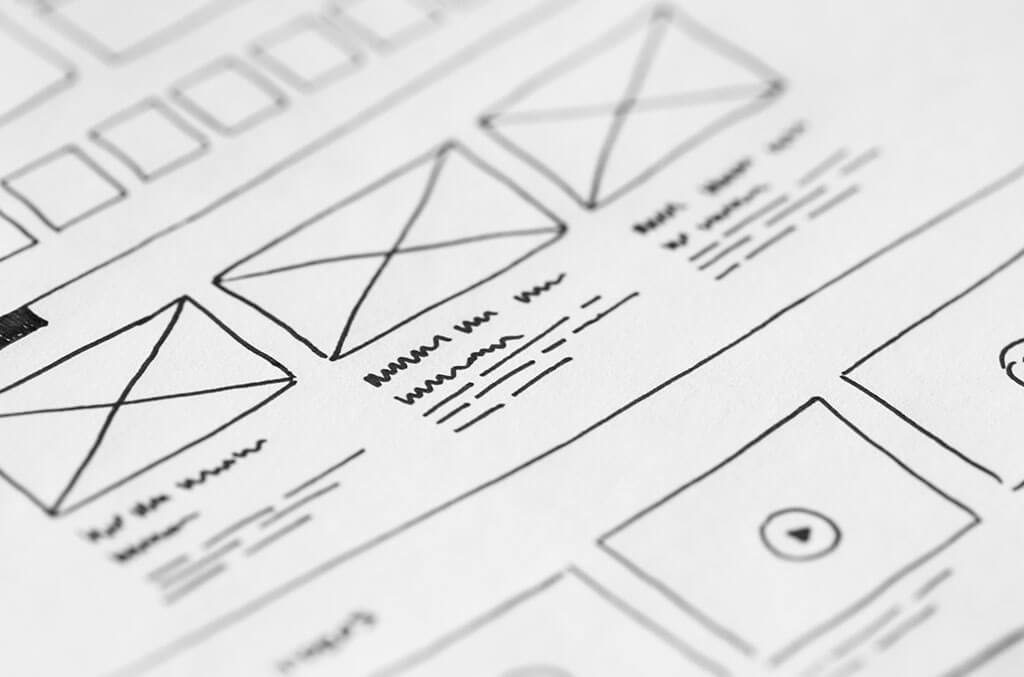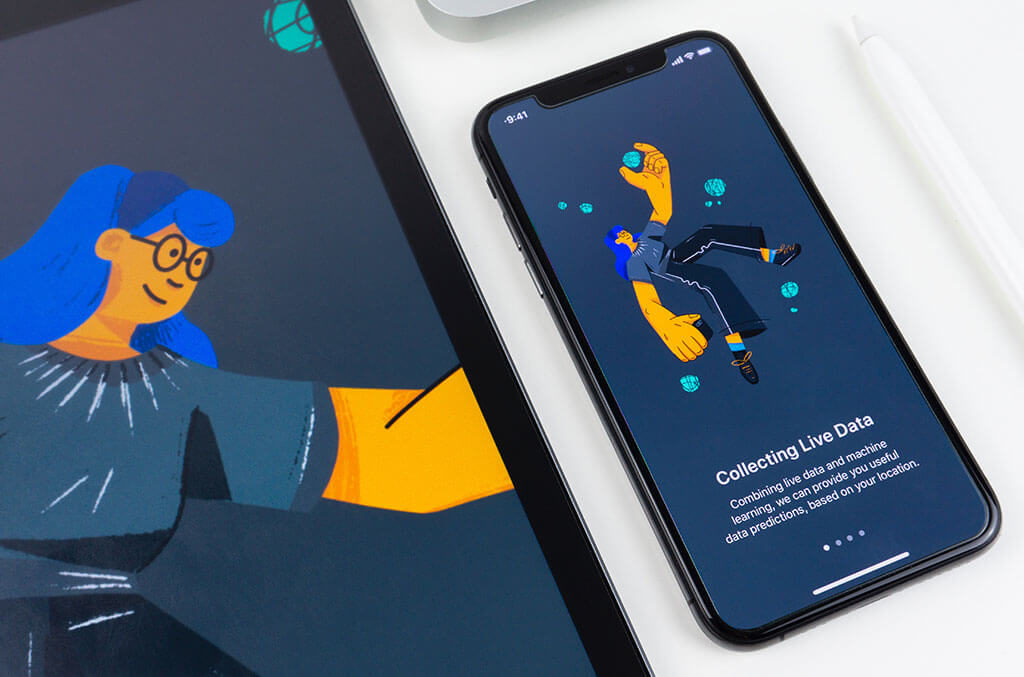If you are a business, sole trader or freelancer, having a website is a must. In a society where consumers are constantly interacting and engaging with brands digitally – a website is the bare minimum. The main reason for having one is that it allows you to explain what you do and what you offer quickly. It provides a platform to communicate with your target audience and more importantly, can help grow your business. So, what do you need to think about when starting a website?
Branding
You should really only start to think about developing your website once you have established your company logo and brand identity – if you haven’t already done so. Using your brand identity can help shape the look of your website and save you time. You can use existing colours, patterns, imagery and in most cases fonts you already use. This will help ensure your brand look is consistent across all touchpoints, allowing customers a more memorable brand experience.
The aim for your website
Your website should always have an aim. Is it set up to inform people about your business? Is it set up to sell products online? Or is it to show case your work and to encourage visitors to get in touch? Having a purpose will shape the sites structure and a user’s consumer journey.
Know your target audience
Who is this website for? Understanding your target audience is crucial as this will shape the design and theme of your site. Knowing who you are selling to and communicating with, will allow your site to be more effective in delivering its message.
Choose your domain name
Your domain name ideally should be the name of your business as it makes it easier for consumers to remember. If you are unable to use the name of your business as the domain name has already been taken, you should then use a short name that is associated with what you do. A great example of a company that does this, is B&Q. Its domain name is DIY.com. Your chosen name should reflect your brand tone of voice and crucially should be easy to spell and pronounce. Otherwise, potential customers may mistype your web address and end up somewhere completely different. If you’re harder to find it’ll be harder to sell your product or service online.
Design and Layout
Having a site with appealing design and layout will help viewers stay on the site for longer. It can help elevate your brand and allows users to focus on its value. Information can be understood better and be more effective in engaging with its intended audience. This can in turn lead to a positive customer experience and more repeat visits to the site.
The way in which good design can be established is using effective imagery that is visually engaging – good resolution and not pixelated. A good colour scheme that is well balanced and on brand. And finally having the right wording that communicates successfully to your consumers.

Functionality and Navigation
Your website should work correctly with no broken links. The navigation should be easy to use and intuitive. Consumers should be able to get directly where they need to go with ease. Loading speeds should be kept to a minimum so content can be seen quickly. If a sites navigation is too troublesome, has broken links and loading content is too slow – customers will just leave your site never to return. As a result, they will go to a competitor, and your site ends up being a non-effective medium.

Content
Your content should resonate with your intended audience. Having clear, concise and relevant content will encourage customers to read further and to revisit your site. Contents needs to be engaging whether this is through words, imagery or video about your products or services. Doing this will allow you to generate leads and to push your business forward. Companies who fail to do this will stay stagnant and inevitably lose business.
Responsiveness
The way in which consumers now view websites is changing. More people are viewing products and services via their phone than sitting down and browsing via a laptop or desktop device. In 2018, 52.2 percent of all website traffic worldwide was generated through mobile phones. So, what does this mean? It means that a website can no longer cater for widescreen laptops only. They have to be responsive and adapt their design to all devices including smart phones and tablets. This way no matter how the website is viewed – your site will always perform correctly.

Social Media
A social media platform is integral to any business. Whether this be on Facebook, Pinterest, Twitter, LinkedIn, Instagram, or through video such as YouTube, Vimeo – having a social media page or channel is crucial to advertise and promote yourself. It is a more convenient marketing tool that enables you to share content more easily. This integrated with a great website can provide you with a powerful platform in which to sell your product or service.

A website on average has around 15 seconds to capture the attention of its audience. Within those precious moments, a website has to deliver enough meaningful content for its users to stay and interact for longer. Having a site that manages to tick the boxes of some of the criteria listed above will manage to have a better chance in doing this – and a better hit rate that will often mean better business.



